The OpenCV library is a good bet here if you want to do content based matching as opposed to timestamp based sorting suggested by the good folks above. Check this post on how to use the OpenCV library for different techniques on image similarity matching: Checking images for similarity with OpenCV
There are a ton of SO questions on the same topic, so reading through them will give you a better idea.
Based on the time idea above, when I plot just the times that your pictures were taken, this is a plot I get:

The different colors represent different folders(should have used a different color map for better visibility, but oh well...).
Just based on these times, it does seem like your inter-cluster time, is visibly more pronounced than your intra-cluster time.
I also calculated some intra- and inter-cluster metrics in the output below:
folder: ImageBurstsDataset/001
Total image files in folder: 6
Total intra-cluster time: 1.0
Average intra-cluster time: 0.166666666667
Max: 1.0, Min: 0.0
folder: ImageBurstsDataset/002
Total image files in folder: 7
Total intra-cluster time: 1.0
Average intra-cluster time: 0.142857142857
Max: 1.0, Min: 0.0
folder: ImageBurstsDataset/003
Total image files in folder: 6
Total intra-cluster time: 1.0
Average intra-cluster time: 0.166666666667
Max: 1.0, Min: 0.0
folder: ImageBurstsDataset/004
Total image files in folder: 6
Total intra-cluster time: 2.0
Average intra-cluster time: 0.333333333333
Max: 1.0, Min: 0.0
folder: ImageBurstsDataset/005
Total image files in folder: 6
Total intra-cluster time: 2.0
Average intra-cluster time: 0.333333333333
Max: 1.0, Min: 0.0
folder: ImageBurstsDataset/006
Total image files in folder: 6
Total intra-cluster time: 1.0
Average intra-cluster time: 0.166666666667
Max: 1.0, Min: 0.0
folder: ImageBurstsDataset/007
Total image files in folder: 6
Total intra-cluster time: 2.0
Average intra-cluster time: 0.333333333333
Max: 1.0, Min: 0.0
folder: ImageBurstsDataset/008
Total image files in folder: 5
Total intra-cluster time: 2.0
Average intra-cluster time: 0.4
Max: 1.0, Min: 0.0
folder: ImageBurstsDataset/009
Total image files in folder: 6
Total intra-cluster time: 1.0
Average intra-cluster time: 0.166666666667
Max: 1.0, Min: 0.0
folder: ImageBurstsDataset/010
Total image files in folder: 6
Total intra-cluster time: 2.0
Average intra-cluster time: 0.333333333333
Max: 1.0, Min: 0.0
Inter-cluster times: [10.0, 8.0, 7.0, 5.0, 6.0, 6.0, 5.0, 10.0, 6.0]
Disclaimer: Wrote this script in a haste, just need to go back and make sure that all the edge-cases are correct. But otherwise... the conclusion that I draw from the dataset you uploaded is this:
within a cluster, one picture is never more than 1 second apart from the previous one.
The first picture in the next cluster is at least 5 seconds apart from the last picture in the previous cluster.




